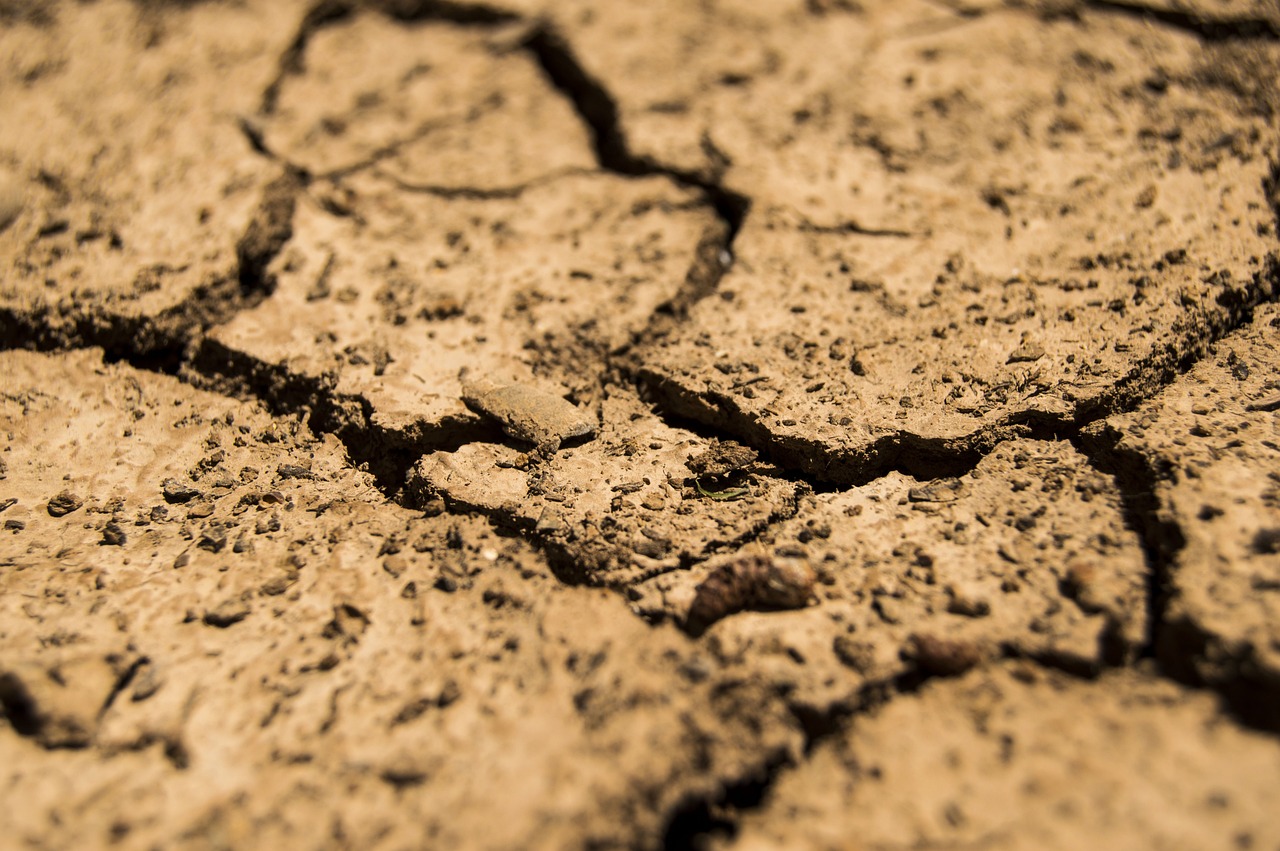Article Title:Variability in Palaeoeskimo occupation on south-western Victoria Island, Arctic Canada: Causes and consequences
Abstract:
Palaeoeskimo occupation history on western Victoria Island int he Canadian Arctic is inferred on the basis of the abundance of dwelling features according to elevation above sea level. The correlation between elevation above sea level and dwelling age is corroborated with seventy radiocarbon dates. The results suggest that the first occupants arrived int he region approximately 4500 radiocarbon years BP and attained maximum population levels by 4000-3800 BP, which was followed by a sudden decline. Moderate population levels were maintained for the next 600 years, following which, at approximately 3200 BP, there was a further decline. While there were occasional minor population increases following this period, none attained anywhere near the early (4500-3800 BP) levels. While the early and rapid decline of human population from its rapidly established initial maximum level may be attributed to one or more causes, the available evidence suggests that the overhunting of a key resource, musk-ox, cannot be ruled out.
Keywords: Palaeoeskimo; survey; Victoria Island; demography; C-14 dating; musk-ox; exploitation
DOI: 10.1080/00438240120107503
Source:WORLD ARCHAEOLOGY
Welcome to correct the error, please contact email: humanisticspider@gmail.com



